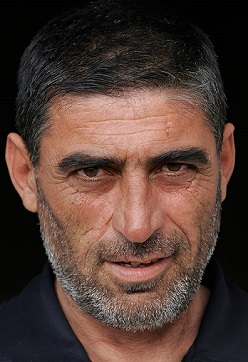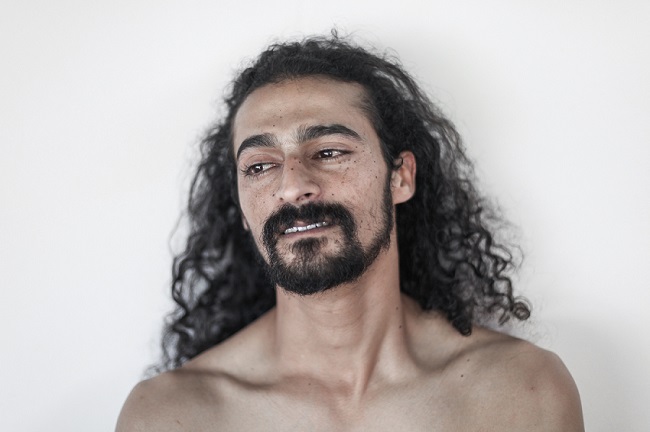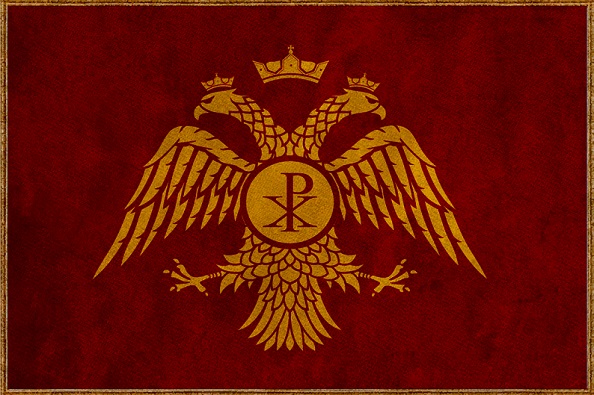Remove these ads. Join the Worldbuilders Guild

Battle of Achelous
Military action
20/8
21/8
The plan involved a two-pronged assault, one from the south by the main Roman army under Leo Phokas, and one from the north by the Pechenegs, who were to be ferried across the Danube by the Byzantine navy under Romanos Lekapenos. In the event, however, the Pechenegs did not help the Romans, partly because Lekapenos quarreled with their leader (or might have even been bribed by the Bulgarians) and partly because they had already begun plundering on their own, disregarding the Roman plan. Left unsupported by both the Pechenegs and the fleet, Phokas suffered a crushing defeat at the hands of Tsar Symeon at the Battle of Acheloos. The imperial army was almost annihilated, and Phokas himself barely escaped.
The Byzantine army marched northwards and set its camp in the vicinity of the strong fortress of Anchialus. Leo Phocas intended to invade Moesia and meet the Pechenegs and Lecapenus's troops in Dobrudzha. Simeon swiftly concentrated his army on the heights around the fortress. On the morning of 20 August, the battle between the Bulgarians and the Byzantines began by the River Achelous near the modern village Acheloi, 8 kilometers to the north of Anchialus (modern Pomorie) on Bulgaria's Black Sea coast. The Byzantine generals planned to outflank the Bulgarian right wing in order to detach Simeon's troops from the Balkan Passes. The Bulgarian ruler concentrated his most powerful forces in the two wings and left the centre relatively weak in order to surround the enemy when the center would yield to the Byzantine attack. Simeon himself was in charge of large cavalry reserves hidden behind the hills which were intended to strike the decisive blow. The Byzantine attack was fierce and it was not long before the Bulgarians began slowly to retreat. The Byzantine cavalry charged the infantry in the centre killing many Bulgarians. The Bulgarian position became desperate as they could not manage to hold the heights to the south of the river and began a hasty retreat to the north. Elated, the Byzantines started a bitter chase and their battle formations soon began to break, especially as a rumour spread that the Byzantine commander, Leo Phocas, had been killed. At this point, Simeon, who had detected the disarray in the Byzantine formation, ordered his army to stand, and, at the head of his heavy cavalry corps, attacked the Byzantine left wing from behind the hills. With an irresistible onslaught the cavalry bore down at the confused enemy who immediately bent under their attack, panicked, and took to their heels. Some Byzantines tried to repulse the cavalry charge but they were also attacked by the infantry. Tsar Simeon personally took part in the fight, his white horse killed at the height of the battle. The Byzantines were completely routed. Leo Phocas was saved by fleeing to Mesembria (modern Nesebar) in Bulgaria, but in the thick of the battle Constantine Lips, John Grapson, and many other commanders (archontes) were cut down along with an enormous number of soldiers and officers. By the end of the day the Bulgarians overwhelmed the defenders of Mesembria and captured the town. Leo Phocas barely escaped by boarding a ship.










